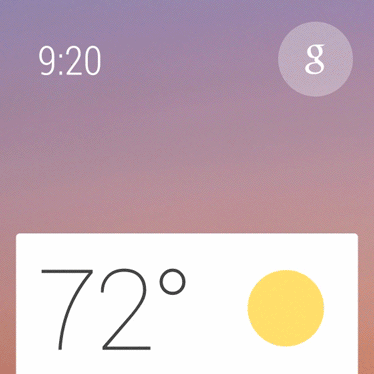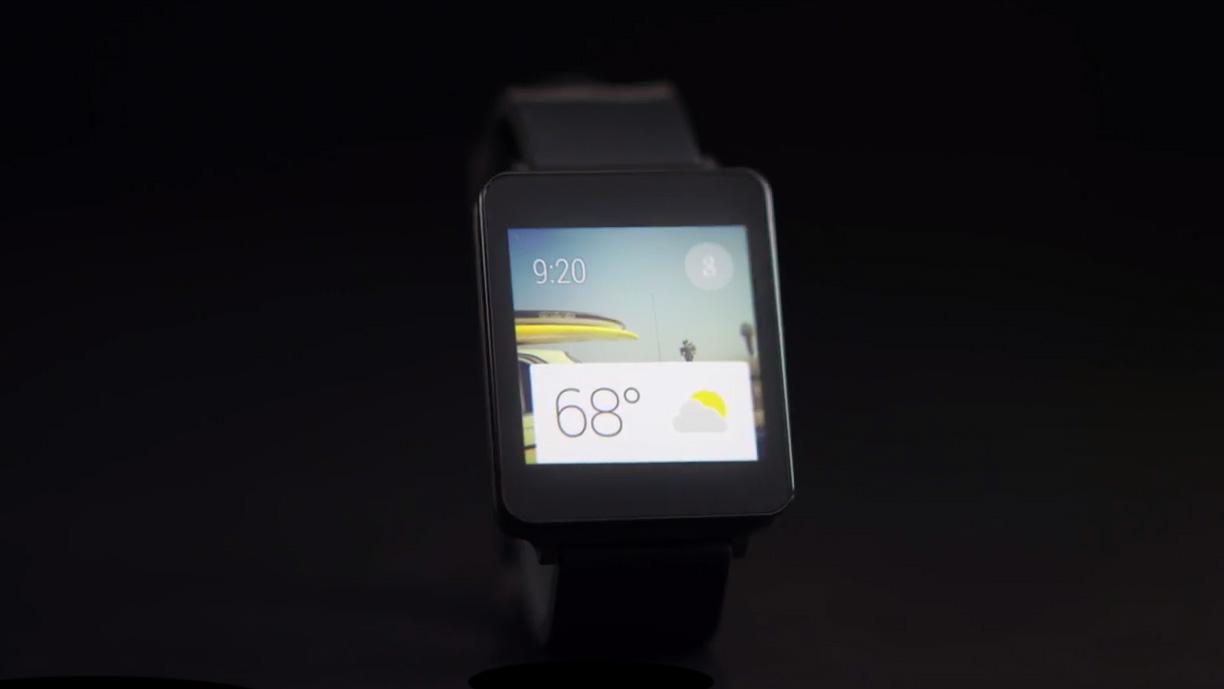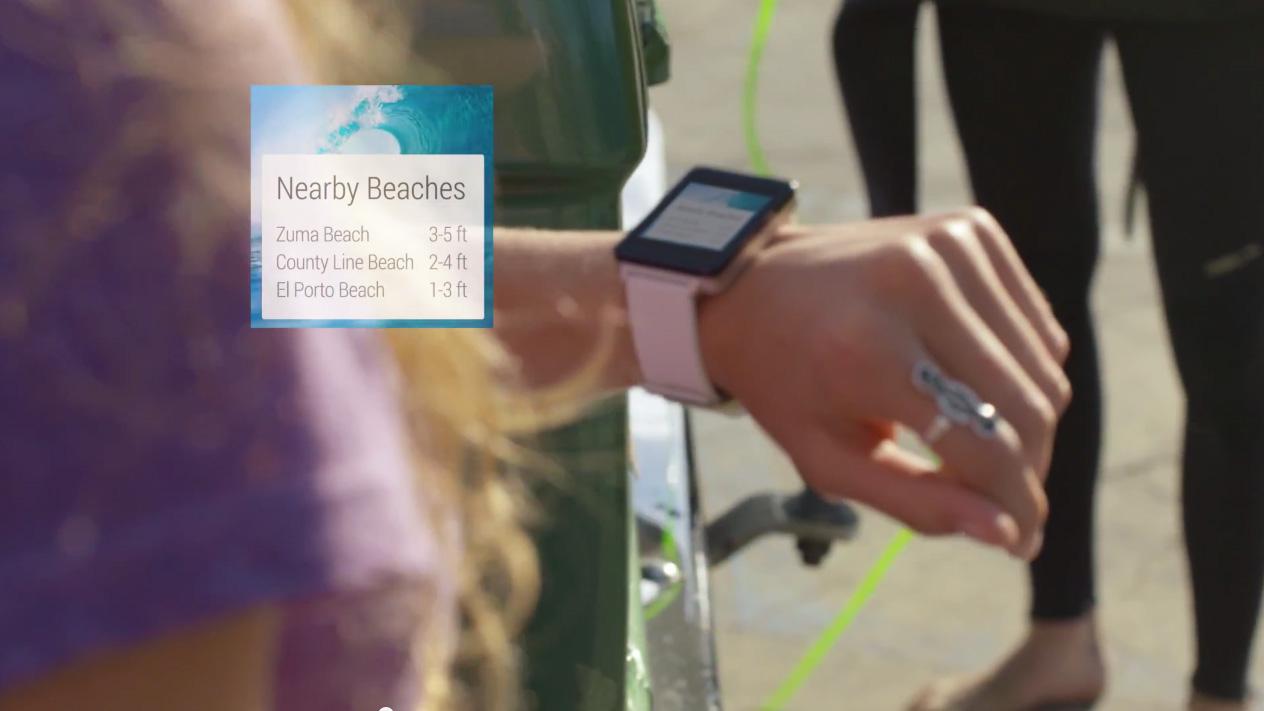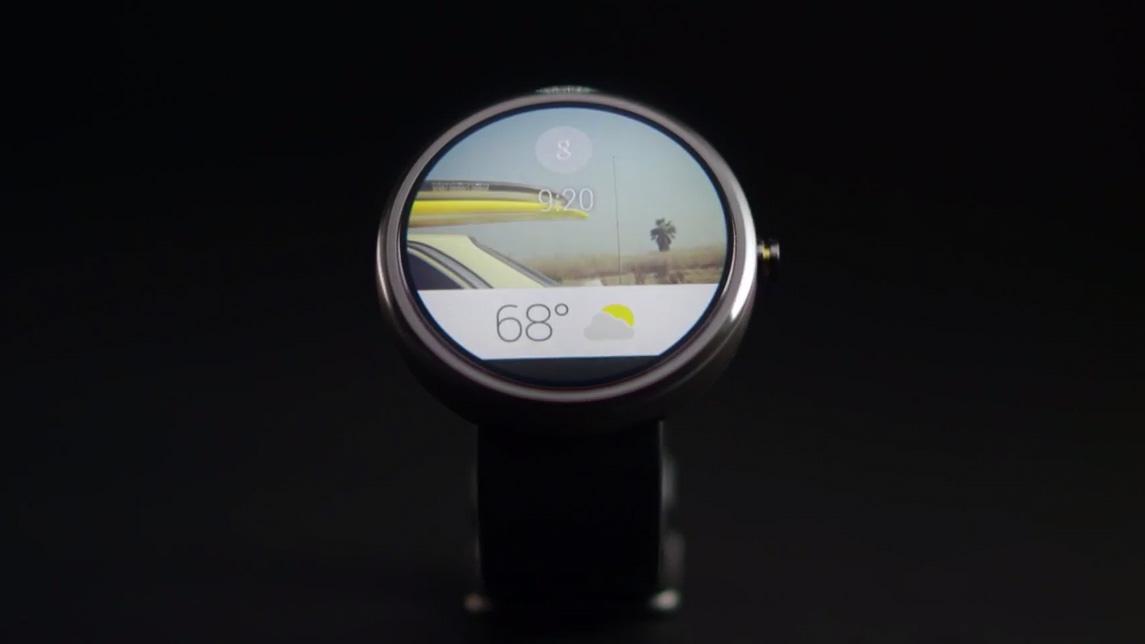
By launching Android Wear, Google has staked its claim to the title master of wearable tech. Everything that has gone before should be viewed as a precursor. However, it hasn’t launched something tangible like a watch or Google Glass. In fact, Google hasn’t released a real, physical product at all. Instead, it is an entire operating system dedicated to making wearables awesome. From what we’ve seen so far, Android Wear has the potential to live up to its promise.
Google wants Apple to taste its own medicine
Taking control of a burgeoning new market this way, even when the end product looks so cool, is a brave and ballsy strategy, and a proven winner. It’s one Google has seen in action before. When Apple announced the iPhone back in 2007, Android wasn’t even around, and it took a lot of work for Google to catch up. Eventually, as we all know, Android became the dominant smartphone OS; but if it had simply beaten Apple to the punch, things would have been much easier.
Android Wear isn’t only bad news for Apple, it’s bad news for the many smartwatches already on sale.
With Android Wear, that’s exactly what it hopes to do. Apple may or may not have some kind of wearable product ready to launch later this year. Tim Cook has expressed an interest, but as it stands today, Apple’s got nothing. Microsoft, if its possible, has even less, because even if it does suddenly surprise us all with a Windows Phone-only smartwatch, will anyone really pay much attention? Probably not.
Android Wear is Google’s way of saying “We know this is the next big thing, and this time it’s ours for the taking.”
However, an OS alone isn’t going to win the wearable race on its own, so Google has assembled a team of manufacturers and other companies to create some cracking hardware. So far, it’s Google’s besties, LG and Motorola, that have come up with the goods. LG announced the G Watch, while Motorola has come up with the Moto 360. It’s the latter which will have those on the outside looking in quaking in their boots. Why? It has a round face – you know, like 90 percent of the watches we already wear. That means a color touchscreen, Google Now integration, voice control, and judging by the pictures, a design we wouldn’t be embarrassed to strap to our wrists. Samsung, Asus, HTC and Qualcomm are also onboard, along with an actual watch company, Fossil. Even Imagination – a loyal Apple supplier – will join the gang with its MIPS processors.
Google and its clan aren’t underestimating Apple, and the G Watch and Moto 360 are both scheduled for a summer release. This is crucial if Google is to make the most of its head start. If the iWatch is coming, we doubt it’ll be here before September. If LG, Motorola, and others sell these devices with their top Android phones, the combination could be enough to tempt plenty of possible iPhone 6 holdouts over to Android, which is exactly what Google wants.
Death to all those which came before
Android Wear isn’t only bad news for Apple, it’s bad news for the many smartwatches already on sale. The only vaguely successful smartwatch not running Android at the moment is the Pebble. It has a strong community behind it, works with both Android and iOS, plus the Pebble Steel is a critical success. However, its black and white software is going to look pretty old fashioned next to the Moto 360.
What could possibly go wrong?
The introduction of Android Wear has all the signs of becoming a strategic triumph, sending Google to the wearable tech frontline. Surely nothing can go wrong? Well, there are one or two things.
Not everyone is convinced their smartphone needs a companion device.
Maybe people don’t want smartwatches: First, there is already a customer apathy towards wearable tech. We’re constantly told the market is only going to get bigger and more popular, and that design is the reason no-one is buying the current crop of smartwatches, but if the Google Glass backlash has told us anything, it’s that not everyone is convinced their smartphone needs a companion device. If regular people don’t flock to buy the Moto 360 or its kin, then it’ll be proof the world still isn’t ready for wearable tech, or that the industry just isn’t giving the public what it wants.
Motorola’s watch sure isn’t ready yet: We’d leave it there on what could go wrong for Google, but after watching Motorola’s Moto 360 Hangout, we’re unsure again. During the hangout, Motorola didn’t show its watch and didn’t have anything to say about it either, except that it has a round screen. The watch was sitting on a table, and strapped to the hosts wrists, but it stayed hidden from our excited gaze. Why? It may not even be close to finished.

Motorola’s a ship adrift in the water, waiting for the new captain to arrive, and this could have an impact on its ability to deliver such an innovative device on time. Now we’ve seen the Moto 360, it won’t matter if the square LG G Watch arrives first, we’ll wait for the cool round one. But it’ll only be for so long. Google has an ambitious plan for Android Wear, but it’s at the mercy of other companies to put it into action.
iWatch could be so good that it redefines everything: Apple has done it before, and it could do it again. If the iWatch blows everyone away, Android Wear could look dated and undesirable the moment we see the real iWatch. We’re far from convinced this will happen, but we never count Apple out. It’s hiding something.
Google’s about to flatten the competition
Provided it can live up to the promise shown in the videos, it’s not hobbled by missed deadlines, Apple’s iWatch doesn’t redefine everything, and the buying public likes what it sees, Android Wear could become the wearable tech equivalent of a prize fighter in a street brawl. A right hook will take down Microsoft, and a devastating upper cut will send Apple reeling. LG, Motorola, and all the rest will take their place behind the powerhouse, while Samsung will be silenced with a slap.
 |
 |
Yes there are some big “ifs,” but Google knows what’s at stake here. It has been on the receiving end of a similar shock before, and doesn’t intend to be caught out twice. Android Wear is a decisive, powerful, and potentially game-winning punch, delivered at exactly the right moment. We’re excited, and you should be, too.




